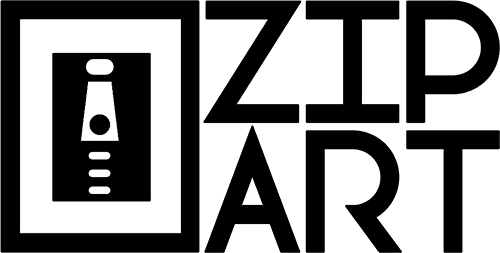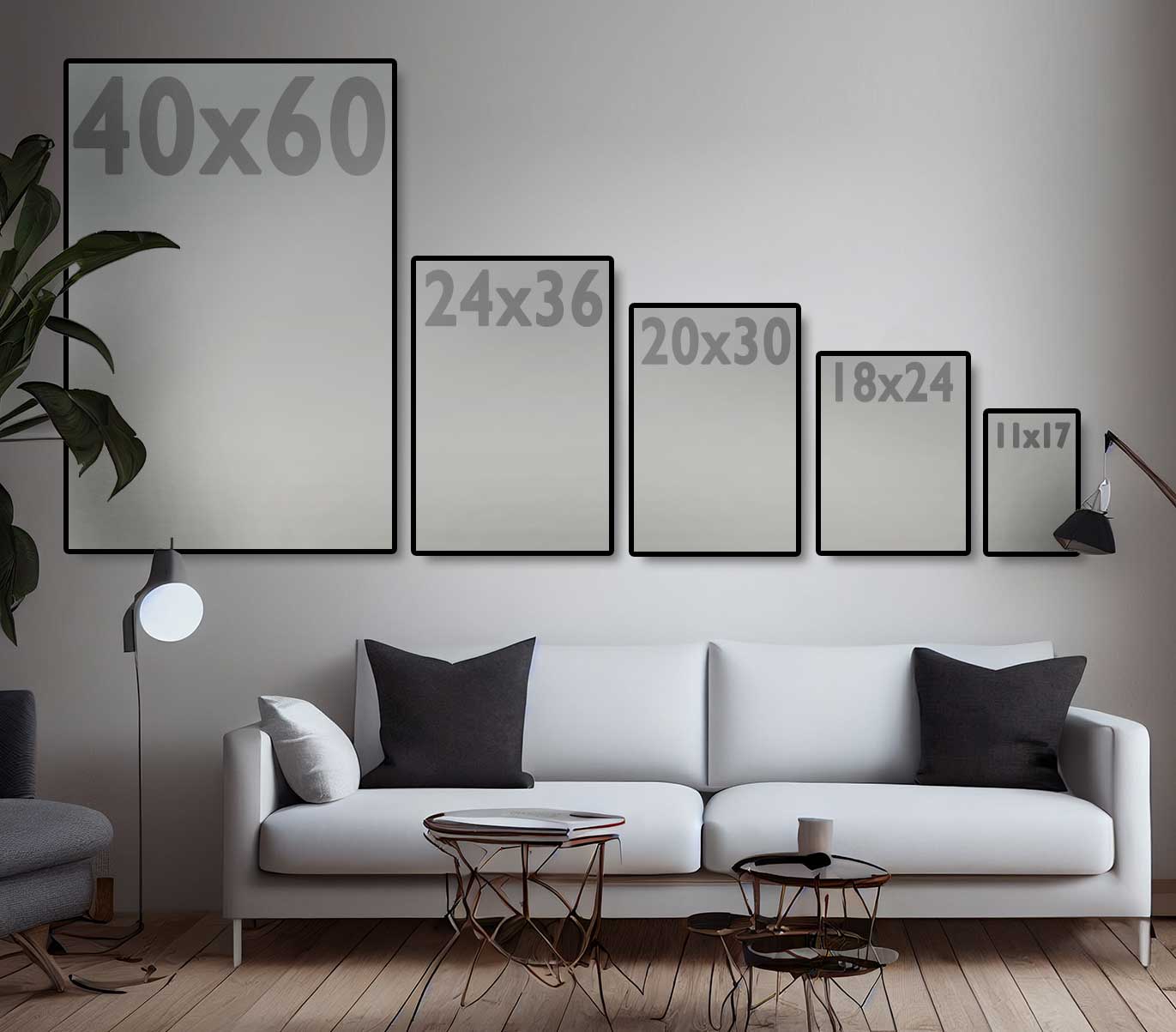Aspect is commonly denoted by the types of fine art they contain. For example, landscape mode is similar to the width-height proportions of landscape paintings. Portrait mode is similar to the proportions of fine art portraiture.
Portrait mode is a term that refers to the aspect ratio of images. Lots of common ratios exist in modern media: 4:3 is the aspect of old-school television, 6:9 is the aspect of modern HDTV, and 1.78:1 (very close to 16:9) is the ratio of widescreen movies. In our case, portrait mode equates to 2:3 images and landscape mode is 3:2, which is a poster image standard. (Thankfully, this is also the framing standard.) For landscape aspect, the height is simply 1.5 times the width, which is weirdly easier to imagine, owing to some mystery of human reasoning.
Landscape images sold on the site always conform to the following sizes: 7,200 pixels wide by 10,000 pixels high, and 300 pixels per inch. If you do the math, this works out to 24 inches wide by 36 inches high, when printed. A little more math and you get a ratio of 2:3.
But can you print these at different sizes? Sure!
Going smaller is never a problem. And going bigger may only be a problem sometimes. When you interpolate (create one pixel out of several pixels) you really do not lose visible quality.
Well, okay…that is technically a lie. You do. Huh? The thought experiment of imagining an image reduced from 7,200 wide and 10,800 pixels high (at 300 pixels per inch) to one that is 2 pixels wide and 3 pixels high (at 300 pixels per inch) should confirm that things will end up looking quite a bit different. 😉 But we are not talking about that.
The reduction to normal sizes should not provide any perceptible loss in quality. Notice the use of the word perceptible, as that will become important in a second.
Perceptible. Ah, now there’s a word. When you enlarge an image by printing at greater than 24 x 36 inches, you will lose quality, technically. You can’t make something from nothing, after all, and this enlargement is at its root an extrapolation (for instance, creating several pixels from one.) Your printer or image editing software will have to guess what the missing pixels look like. In essence, enlarging the image reduces the output resolution and fills in the missing data with magic pixels to keep it at 300 dpi. So, the image might wind up still being 7,200 x 10,000 pixels, but the resolution will be less than the delivered 300 dpi, in practice. Is this a deal breaker? Hard to say. Can you print at 150 dpi? Sure! Will it make a difference? Sure! Will anyone notice? Maybe not! It all depends how close will be viewing the printed image. If you intend to stay several feet from it most times, enlarge away. Go big!
Please see our Printing Guide for more info.





